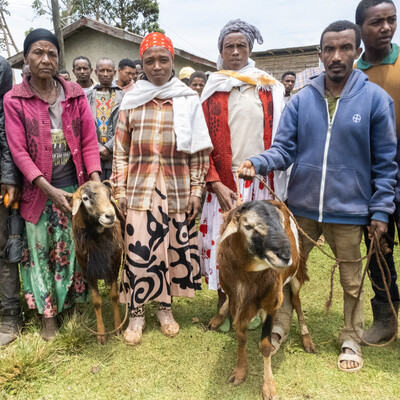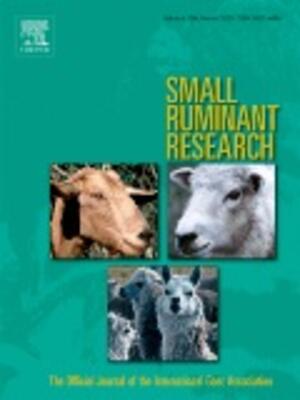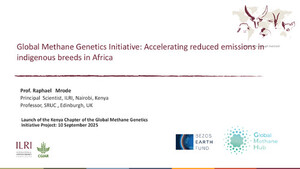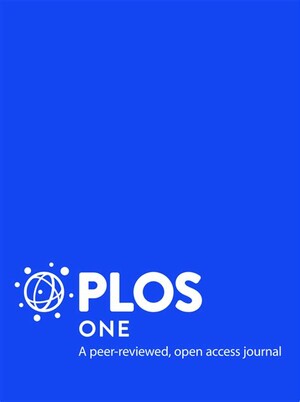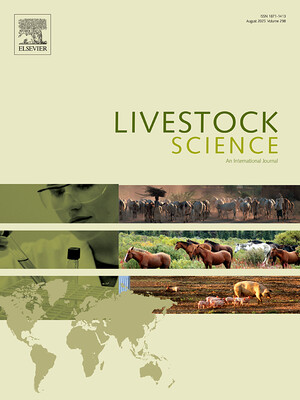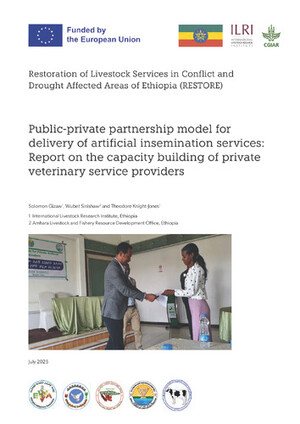
Molecular characterization of the genetic diversity of the chicken major histocompatibility complex (MHC B complex): Genetic diversity of small ruminant genetic resources
These projects will be implemented as part of the ongoing, expanded ILRI–CAAS collaboration. More particularly, the work proposed complements ongoing projects both at ILRI and at CAAS. The second project is closely associated with the FAO/IAEA/ILRI CRP 'Gene based technologies in livestock breeding: Phase I – Characterization of small ruminant genetic resources in Asia' to which ILRI is the official technical backstopping agency and IAS one of the participating laboratories. Economic valuation work on AnGR will be initiated at CAAS and ILRI will also provide inputs to an ongoing project funded by MOST and implemented by IAS–CAAS 'Development of common criteria for description and documentation of AnGR'.
Objectives/goals
The long-term objective of research project 1 is identifying the relationships between genetic background of indigenous chicken, genetic polymorphism at the MHC B haplotypes and disease resistances to viral infections in indigenous chicken from Asia and Africa.
The short-term objectives for year 1 are:
- assessing the level of genetic uniqueness and differentiation at autosomal markers (single nucleotide polymorphism, SNP) of indigenous chicken populations from Africa and Asia
- assessing the level of polymorphisms observed at the MHC B class gene in indigenous chicken populations in Africa and Asia.
The long-term objective of research project 2 is identifying unique small ruminant Chinese genetic resources resistant to gastro-intestinal parasite infection.
The short-term objective for year 1 is:
- completing an ongoing genetic diversity project of Chinese sheep using Y specific DNA markers.
Project location
CAAS–ILRI Joint Laboratory on Livestock and Forage Genetic Resources, CAAS
List of activities
- For project 1 in year 1: sampling; development of high throughput SNP screening system; study of genetic polymorphism at MHC B genes, screening of chicken population for SNP polymorphisms; data analysis, writing-up of report and work plan for 2006.
- For project 2 in year 1: sampling; testing of sheep Y chromosomes markers; screening of Chinese sheep populations; data analysis, writing-up of report and workplan for 2006.
Expected outputs
- obtaining knowledge on the relationships between genetic background of indigenous chicken, genetic polymorphism at the MHC B haplotypes and disease resistances to viral infections in indigenous chicken from Asia and Africa
- understanding the genetic uniqueness of small ruminants in Asia.






